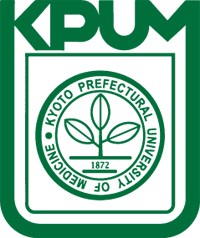Nature is pleased to acknowledge financial support from Translational Research Informatics Center (TRI) and Kyoto Prefectural University of Medicine in producing this Outline. The sponsor retains sole responsibility for the following messages.


The Translational Research Informatics Center (TRI) was founded in 2002 as the first data center in Japan to promote academia-originated medical innovation. The Academic Research Organization (ARO) network was established in 2013 by TRI and is now transforming into an Asian ARO network in conjunction with Korea, Taiwan and Singapore. Furthermore, we plan to expand this network globally to Europe and the United States. Ultimately, our aim is to develop an infrastructure to support the launch of global clinical trials of academia-originated medical technology, drugs and instruments and to obtain regulatory approval worldwide. This Nature Outline on cornea regeneration describes one of the leading regenerative medicine treatments promoted by TRI, which contributes to our goal of providing new therapeutic options for a number of intractable diseases.
For more information, please visit

